Maiden Tower
The tower has ben the symbol of Üsküdar, and it is the only monument which stayed from the Byzantinian Era. It has a history dating bacl to 2475 BC, and it eas founded on the tiny island where Black Sea and Marmara Sea meets. Some histprians call it the Leander tower. There are a lot of legends on the tower. Evliya Çelebi describes the tower follows. ‘’It is a rectangular tower built artistically within reach of an arrow in the sea from the land. It is eighty yards in height. It has an area of two hundred feet. it has two doors on both sides.’’ The foundations and main parts of the lower level of the current tower were built during Sultan Mehmet the Conqueror. The landing around the tower is covered with wide stones. On the marble board in the shape of a medaillon, ther is the imperial signature of Sultan Mahmut II, who built the tower as is, written by the calligrapher Rasim in 1832. The Eminönü part of the Tower is wider and has a cistern.
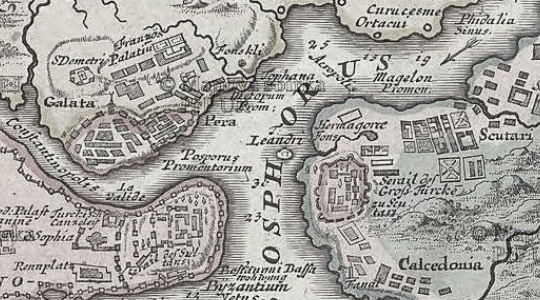
B.C. 410 In the 5th century B.C., a customs point was established on the islet where the tower stands today, and a tower was built to control and tax ships coming from the Black Sea.
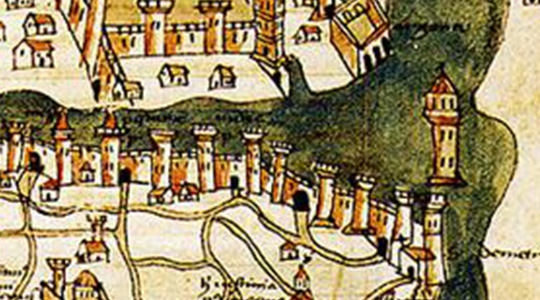
1143-1180 In the 12th century, a defense tower was built on the islet by the Eastern Roman Emperor Manuel I Komnenos. A chain was stretched between this tower and another tower located next to the Mangana Monastery at Sarayburnu (the restored section of the Sea Walls), controlling the entrance and exit of ships to the Bosphorus.
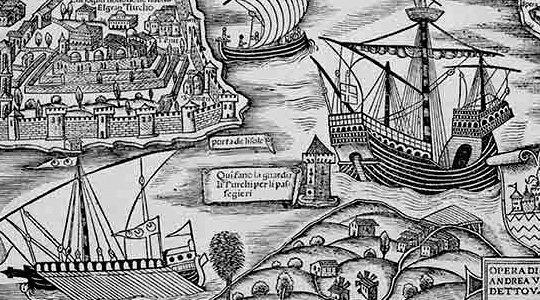
1453 After the conquest, Fatih Sultan Mehmet built a new fortress here. He placed a guard unit in the fortress. Every evening after evening prayers and at dawn, the military band began to play in the tower. It became a tradition to fire cannons from the Maiden’s Tower during holidays and visits to the coastal palaces when sultans ascended the throne.
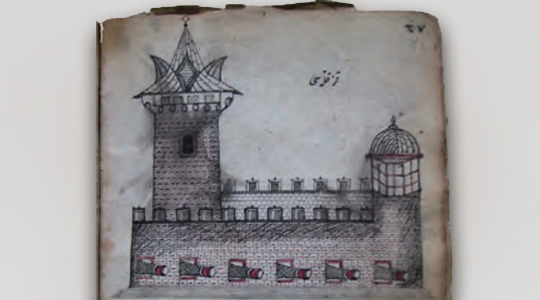
1660-1730 In the wooden tower’s northern part, a lighthouse was placed by Nevşehirli Damat İbrahim Paşa, the Grand Vizier of Sultan Ahmed III, to guide ships coming from the Black Sea and the Marmara Sea at night. From this date on, the tower began to serve as a lighthouse instead of a fortress.
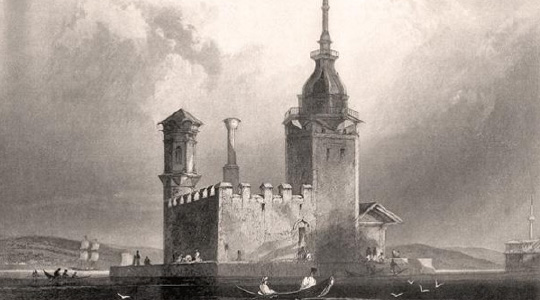
1830-1837 Between 1830-1831, it was converted into a quarantine hospital to prevent the spread of cholera in the city. During the plague outbreak in 1836-1837, which killed 20-30 thousand people, some patients were isolated in the hospital established here, and the spread of the epidemic was prevented with quarantine. In 1847, passengers and patients were quarantined in the Maiden’s Tower due to the cholera epidemic that emerged in Trabzon.
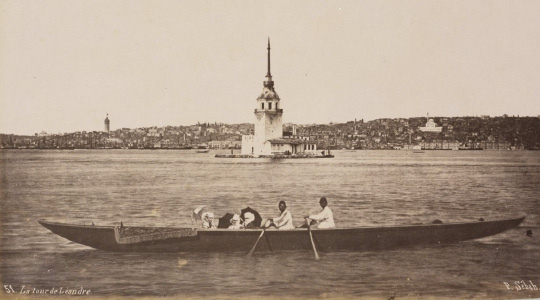
1857 The French company added another lighthouse to the tower, which was transferred to the Lighthouses Administration.
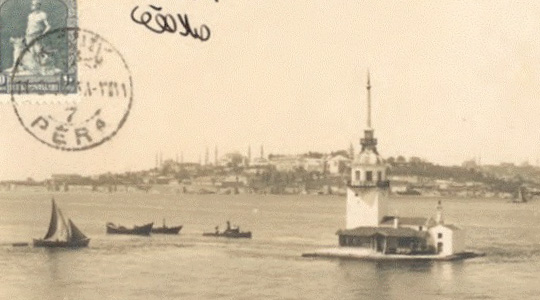
1926 When it was transferred to the Istanbul Port Authority, it was used as a gas depot in addition to its lighthouse function.

1959 For a while, the Maiden’s Tower was used as a radar station. Light was lit in the tower in the evenings for maritime navigation safety, and a foghorn was blown in foggy weather. In addition, since the visibility distance of Harem and Port pilotage stations was short, the reporting and control duty of all ships passing through the Bosphorus was carried out by two officers of the Maritime Enterprises until 1983.
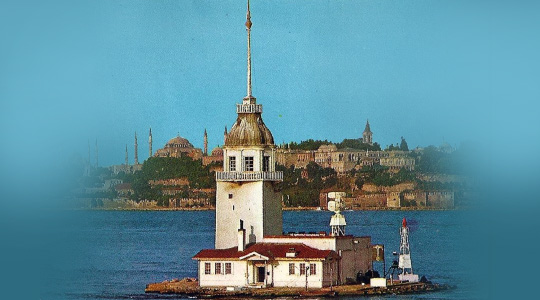
1964 It was used as an observation and radar station affiliated with the Ministry of National Defense.

1983-1992 From 1983 onwards, it was transferred to Turkey’s Sea and Port Management. The building, which was later used as a cyanide storage, was emptied of cyanides after a decision by the Istanbul Metropolitan Municipality Council in 1992, and they were moved to a depot in Tuzla. In May 1992, the tower was used by poets for a period and declared as the “Poetry Republic.”
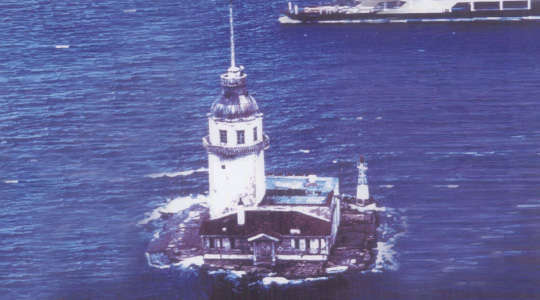
1994 In 1994, the tower was transferred from the Ministry of Transport to the Naval Forces Command.
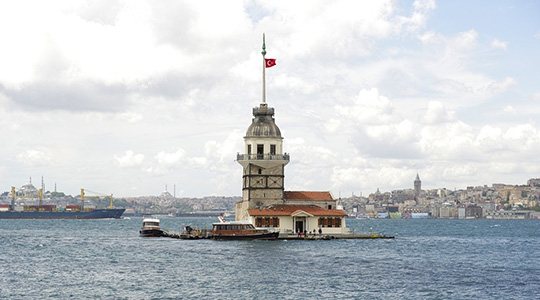
1995-2000 After an extensive restoration process, it was rented to a private facility for touristic purposes.
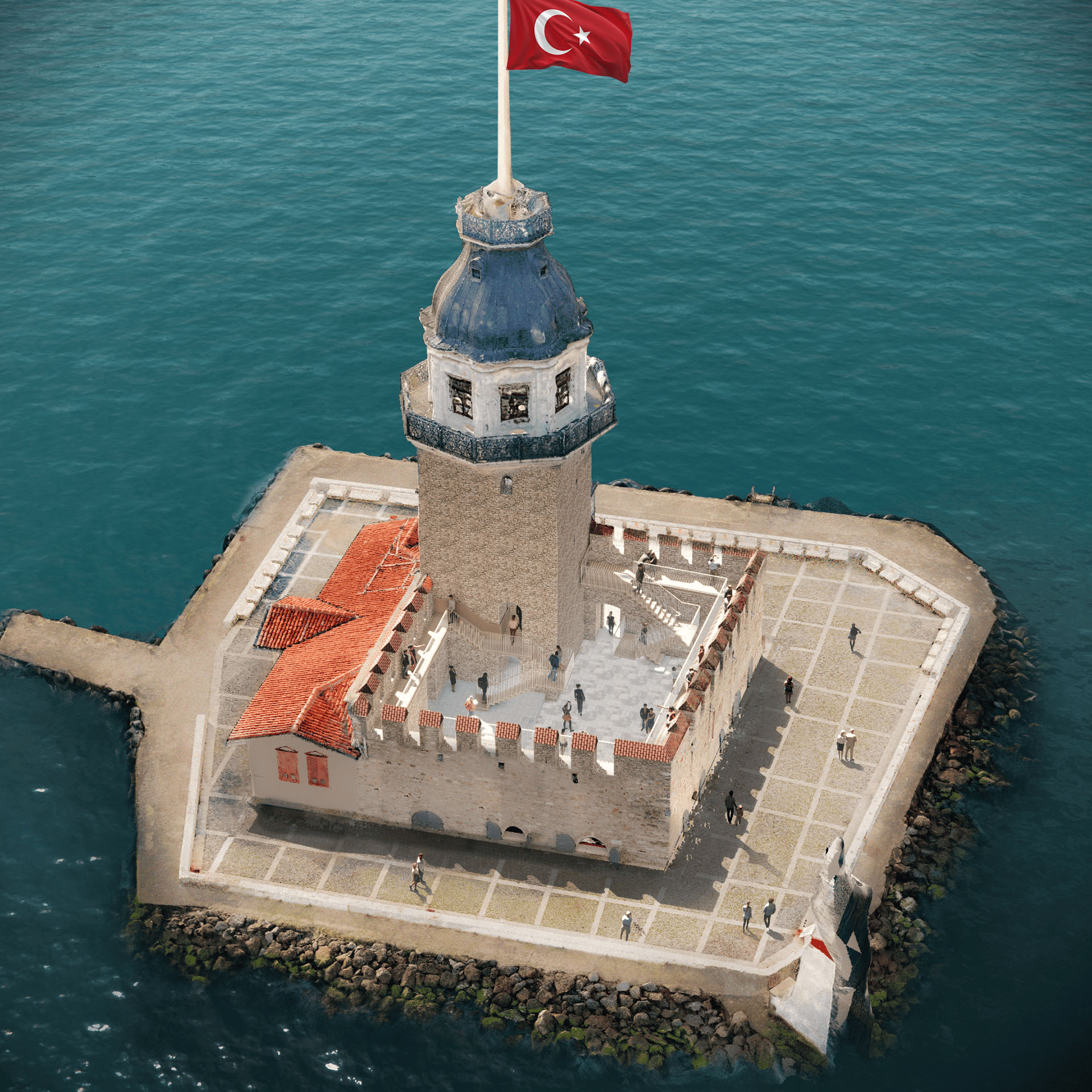
2023
The Maiden’s Tower Legend

The Maiden’s Tower legend is a well-known story about a king and his daughter. According to the legend, a fortune teller warned the king that his beloved daughter would die from a snakebite. In an attempt to protect her from this terrible fate, the king decided to build a tower on an islet off the coast of what is now Istanbul, Turkey.
The Maiden’s Tower, also known as Kız Kulesi in Turkish, was constructed on this small island, and the king placed his daughter there, hoping to keep her safe from any snakes. He sent her food and other necessities in a basket at regular intervals to make sure she had everything she needed.
Despite the king’s best efforts, the prophecy came true. One day, a snake managed to sneak into the fruit basket that was being sent to the princess. When she reached for a fruit, the snake bit her, injecting its venom. As a result, the princess died just as the fortune teller had predicted.
The story of the Maiden’s Tower has been passed down through generations and remains an integral part of Istanbul’s folklore. The tower itself still stands today and is a popular tourist attraction, symbolizing love, loss, and the inescapable nature of fate.

1830’s
How to Get There
The Maiden’s Tower can be reached by boat from Üsküdar Salacak and Kabataş. There is a shuttle service from Üsküdar Salacak pier every day between 09:00-18:45. From Kabataş, there are trips only on weekends between 09:00-18:45.
Address: Salacak Mevkii, Üsküdar 34668 Istanbul
Phone: +90 (216) 342 47 47
4.7 Excellent | 17,106 reviews
This rating indicates that the Maiden’s Tower is highly regarded by visitors, with a majority of the 17,106 reviews being positive. A score of 4.7 out of 5 suggests that the historical site offers an excellent experience for tourists, including cultural, historical, and scenic aspects.
What visitors are saying
“well preserved and easy to get to by boat.”
“Amazing place to spend your sunset with the Loved ones during summers.”
“She did get bitten by a snake which came in a fruit basket.”
